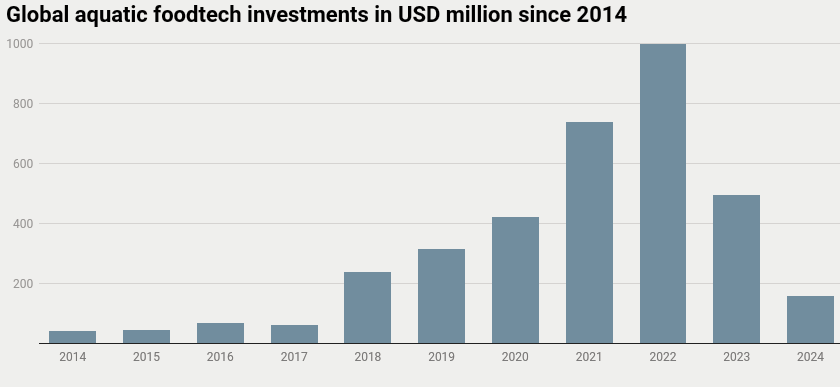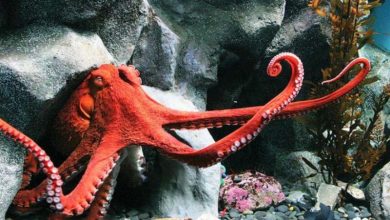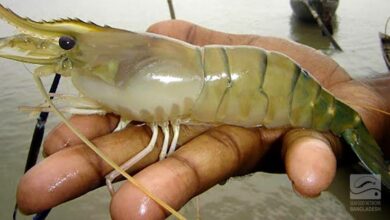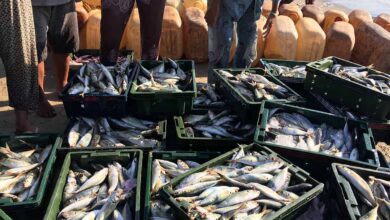
The global demand for seafood is expected to increase significantly in the future years, with some predicting that it will more than double by 2050. This is due to the increasing population, changing nature of trade, and the increasing affordability of protein for a wider range of consumers.
Globally, all areas, with the exception of Latin America and the OECD Pacific, are anticipated to experience a rise in per-capita seafood demand that surpasses the consumption of terrestrial meat and plant-based meals, including eggs and dairy products. Nonetheless, this alteration in consumption patterns will not represent a significant nutritional transition towards seafood.
Det Norske Veritas (DNV), a Norwegian risk management and assurance firm, forecasts that by 2050, global population is anticipated to exceed 9 billion. At the same time, per capita seafood demand will peak in South-east Asia, with marine and freshwater seafood constituting over 30 percent of total protein intake.
With a projected population of about 1.5 billion by 2050, Greater China may become the largest marine seafood market in terms of absolute figures.
In order to satisfy this demand, it will be necessary to implement a variety of strategies. This might include some that can meet the demand without further depleting fish stocks and causing harm to marine ecosystems.
While alternative proteins have mostly concentrated on chicken, pork, and beef, seafood possesses a competitive edge over meat due to its potential to sell for higher prices.
Alternative seafood is more environmentally sustainable to produce, provide omega-3 without elevated mercury levels seen in fish, and are not subject to fishing quotas or aquaculture licenses.
Thus experts emphasized that a combination of wild-caught fish and shellfish, aquaculture, and plant-based and produced alternatives may substantially enhance the world protein supply while addressing demand without overexploiting fisheries.
In this instance, aquatic food tech, a sector dedicated to new advancements in fisheries, aquaculture, and seafood alternatives, can significantly help to this cause.
Aquatic food tech encompasses a diverse array of advances focused on food derived from aquatic habitats, including its plant-based, cultured, and fermented substitutes.
However, a continuous funding is required to promote research in the aquatic food tech sector.
Aquatic food tech companies raised $1 billion in 2022 and $500 million in 2023, a 136% increase from 2020. Since 2014, 730 transactions have garnered $3.6 billion for aquatic foodtech businesses, accounting for 1.63% of all agrifoodtech financing worldwide.
Nevertheless, investments in aquatic foodtech businesses’ innovations only totalled $150 million in 18 agreements during the first half of 2024, a 40% decrease from the same period in 2023.
Two notable advancements in 2024 are Agriloops, a French firm creating environmentally friendly saltwater aquaponic farms, which received $14 million, and Iceland’s LAXEY, which funded $49 million to construct a land-based salmon farm.
In order to expand sustainable seafood production, Innovative Foods firms such as BlueNalu, a cellular aquaculture company, have raised $33.5 million. In addition, other aquaculture robots and farm management firms are gaining pace, and EFishery, an Indonesian aquaculture software company, secured $30 million in loan capital.
The potential of aquatic foodtech firms to transform the seafood industry is drawing attention, especially in fields like Ag Biotech, Farm Robotics & Mechanisation, and Ag Marketplaces & Fintech.
Furthermore, aquaculture is changing thanks in part to technologies such IoT-powered systems for fish farm management and biological treatments for aquatic pest control.
Given the generally gloomy venture capital market in agrifoodtech and beyond, it may be premature to call 2024 a down year and may not seem noteworthy, but it’s important to remember that aquatic food tech did significantly better than most agrifoodtech categories last year, raising close to $500 million, or 17% more than it did in 2020.
Despite a drop in financing in 2024, aquatic foodtech is still a promising industry that might be crucial in meeting the demand for seafood in the future. The industry’s contributions to aquaculture system innovation, sustainable food production, and the creation of alternate seafood alternatives are becoming more widely acknowledged.
Jaber Bin Abdul Bari
Department of Oceanography, NSTU




